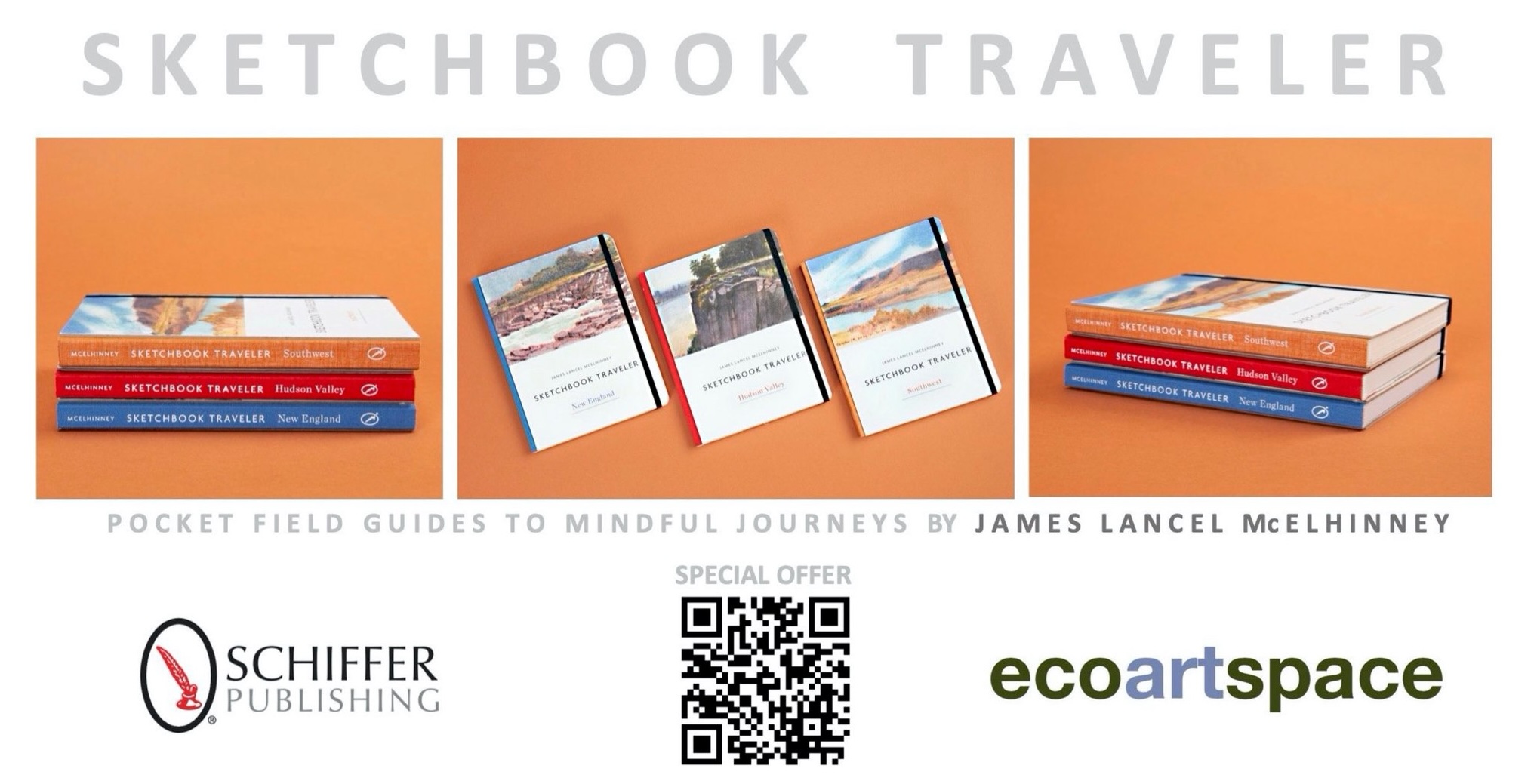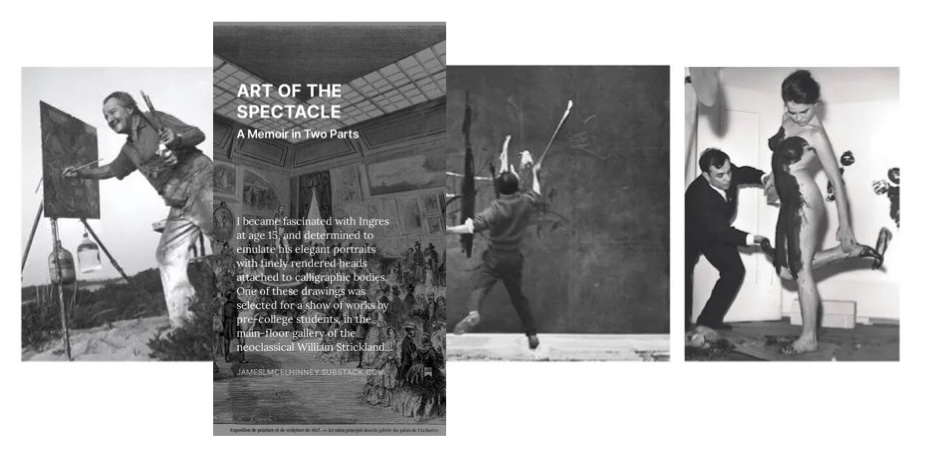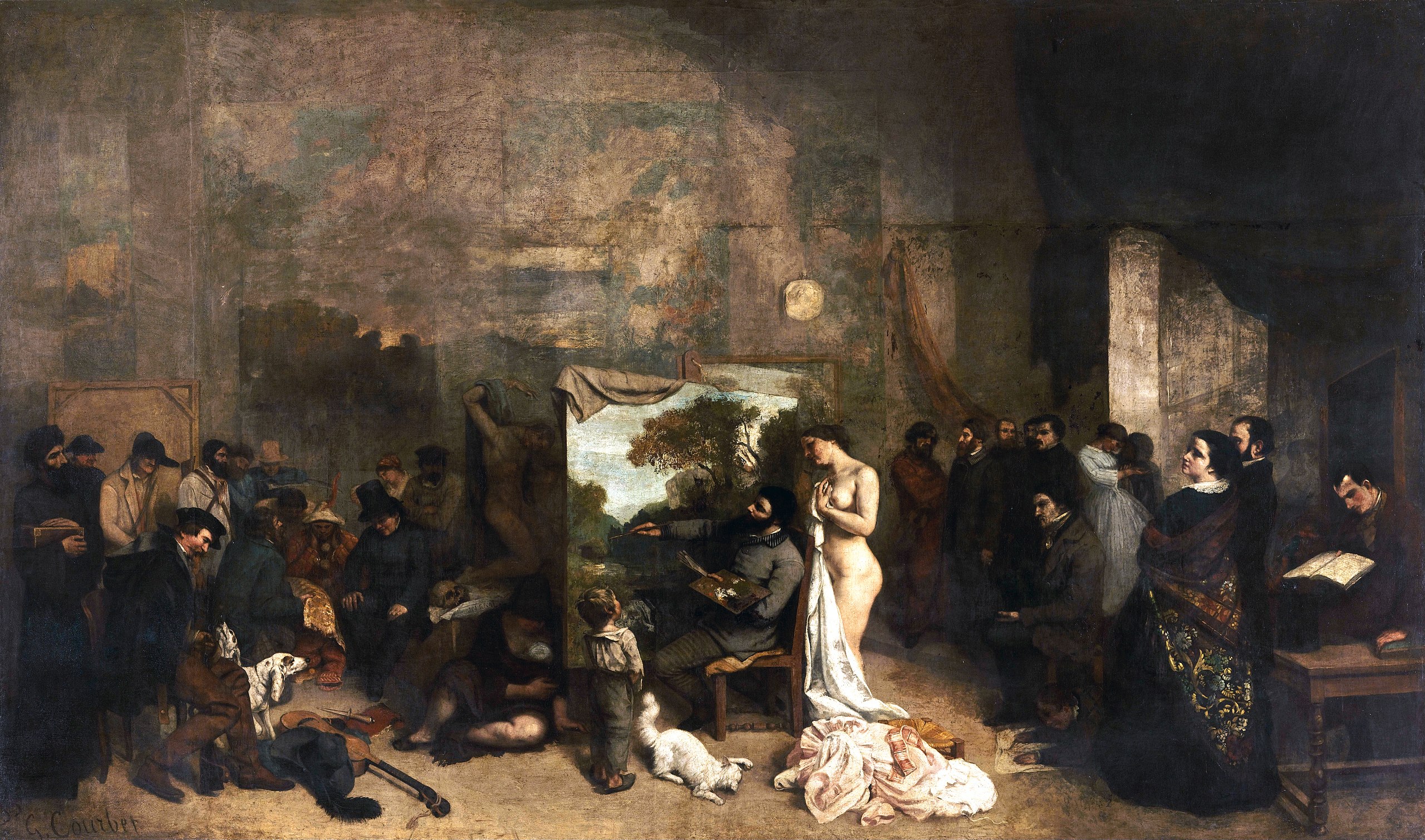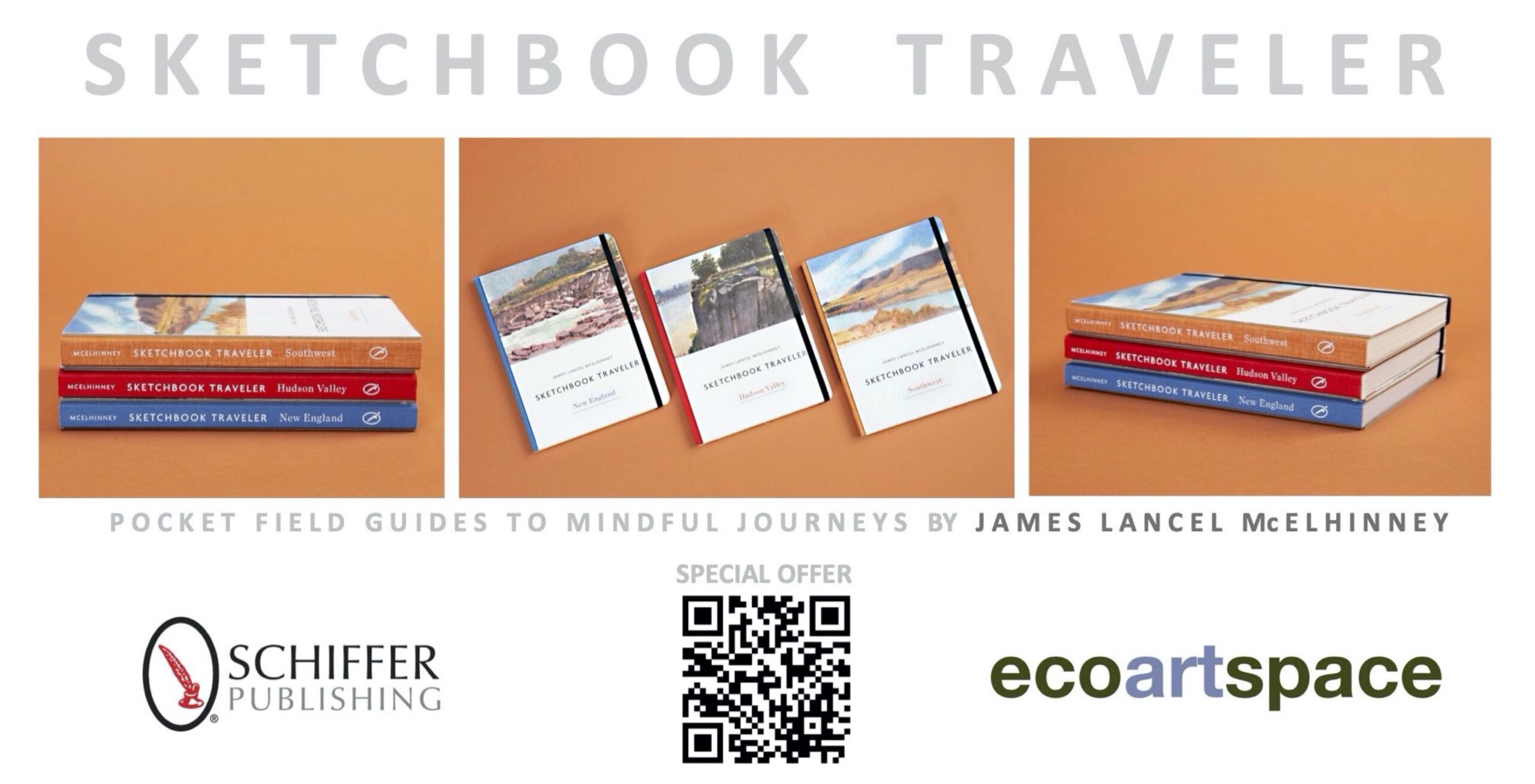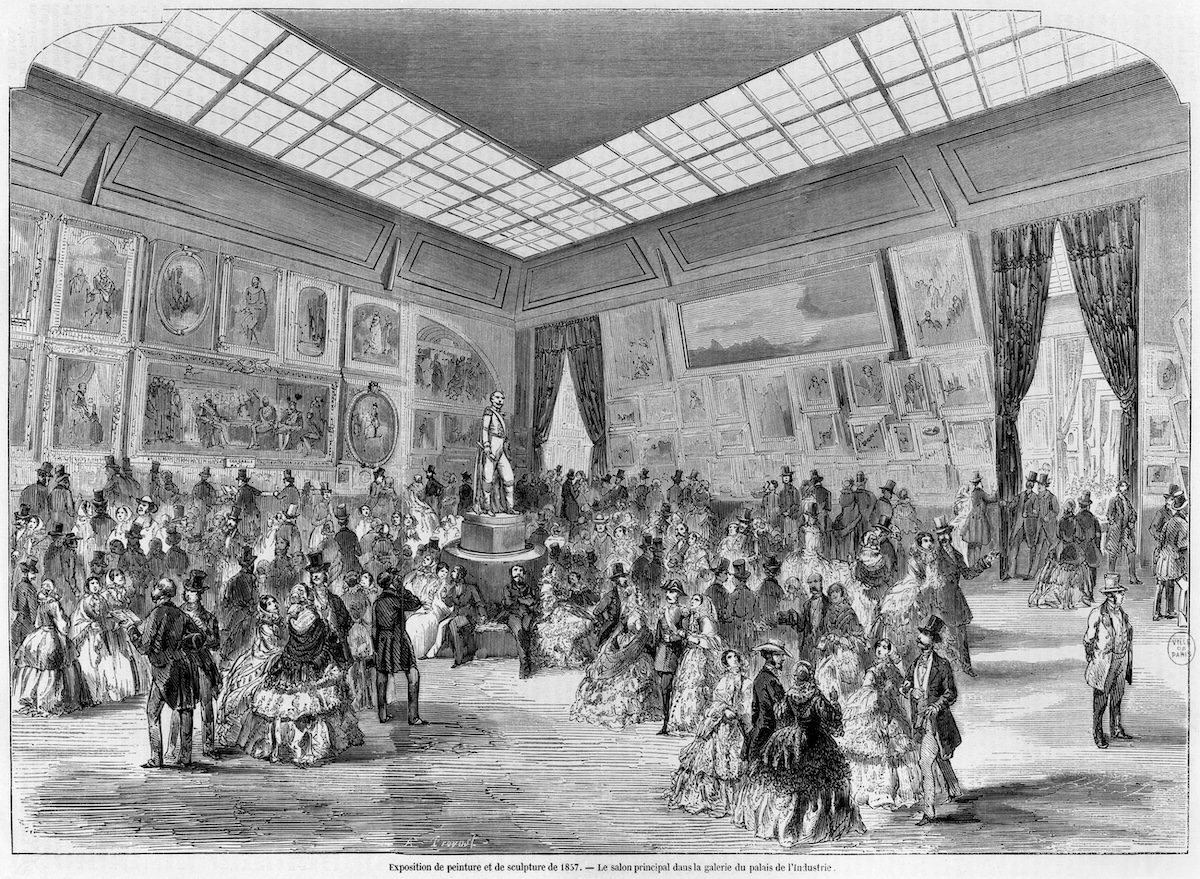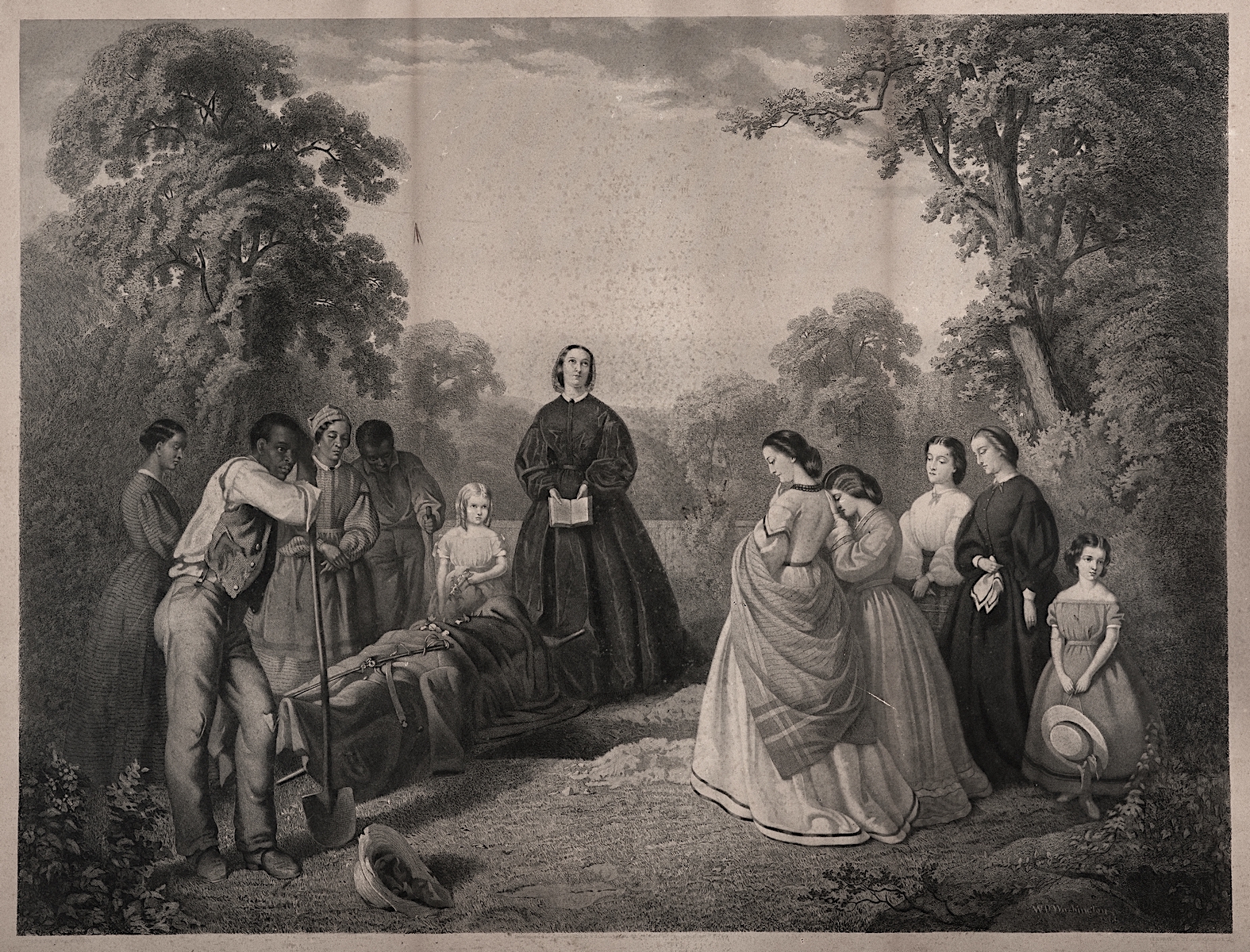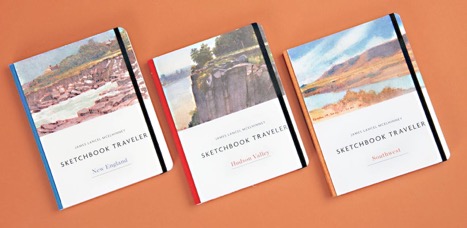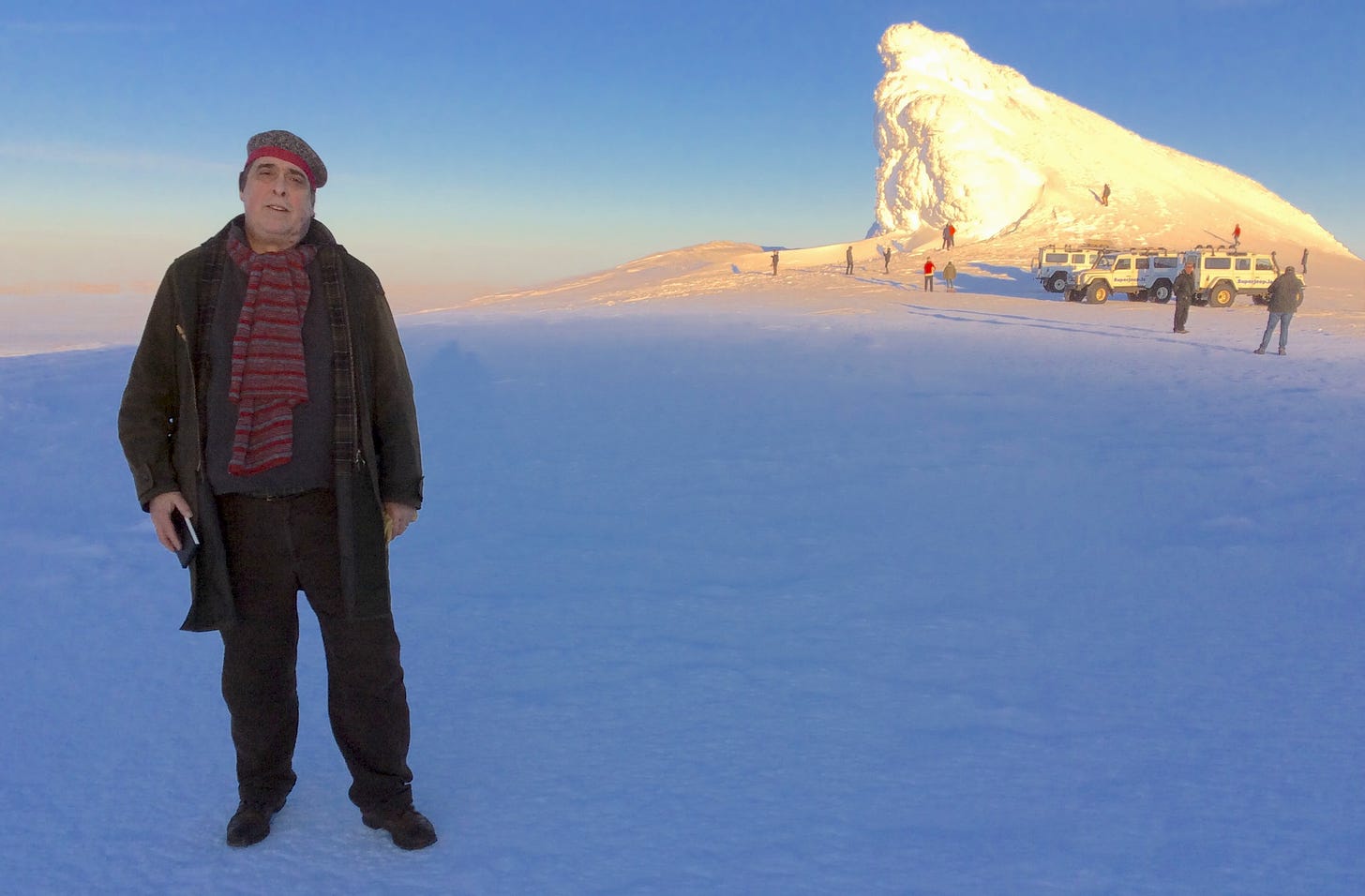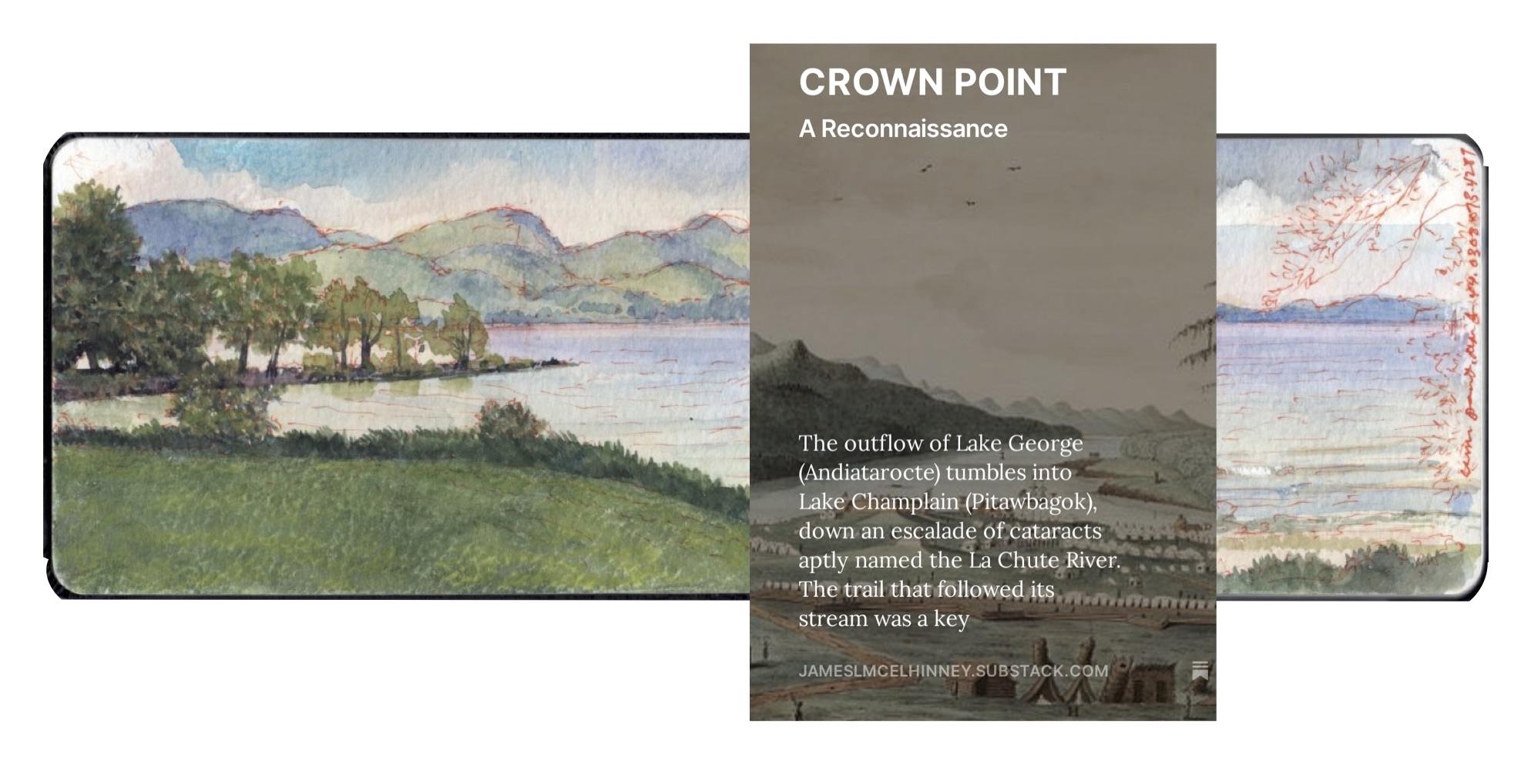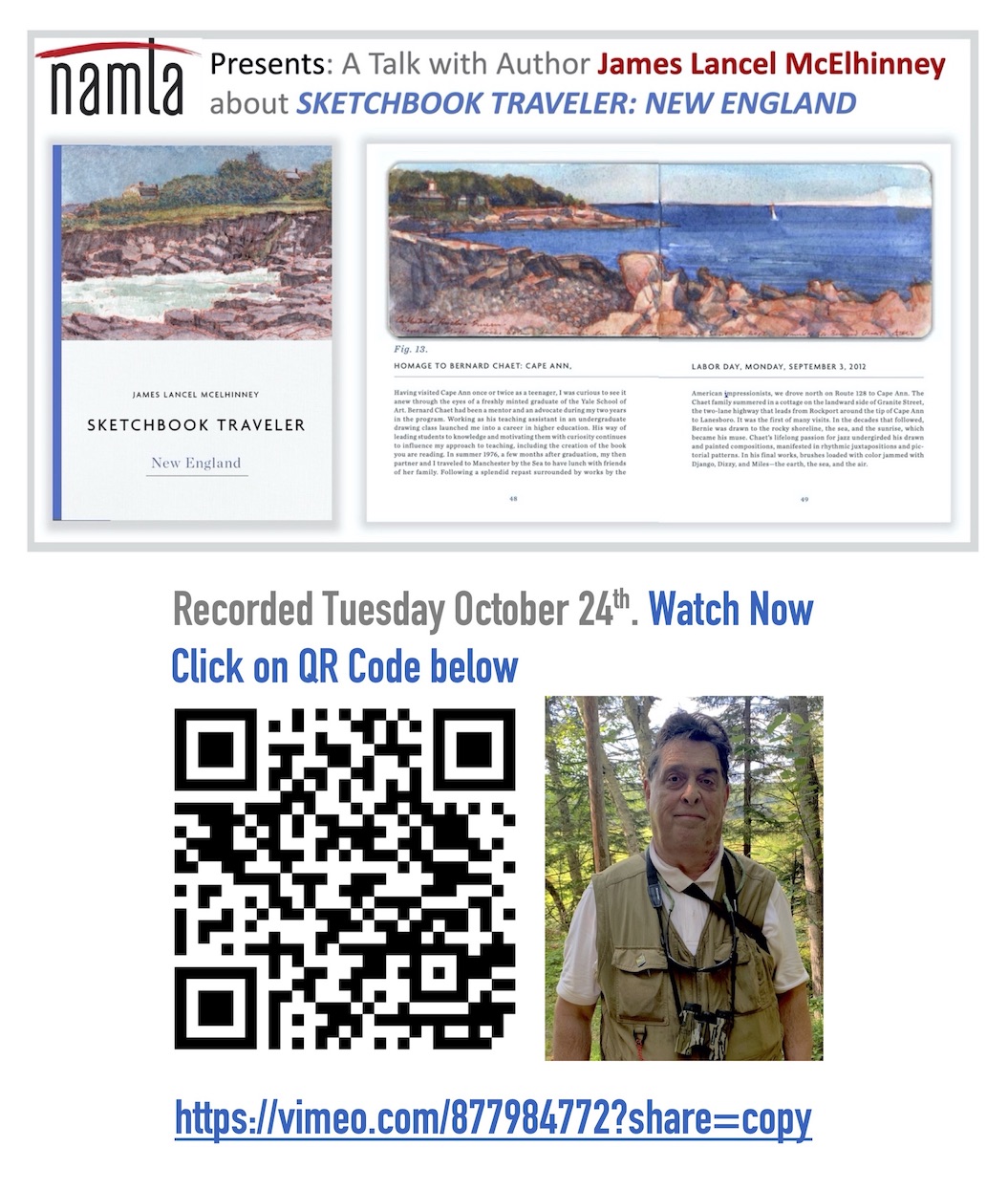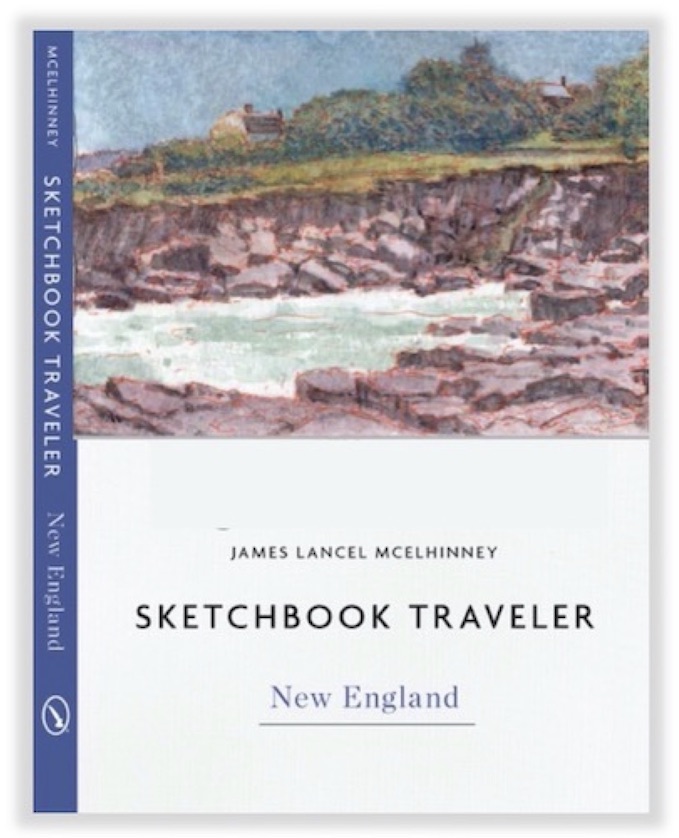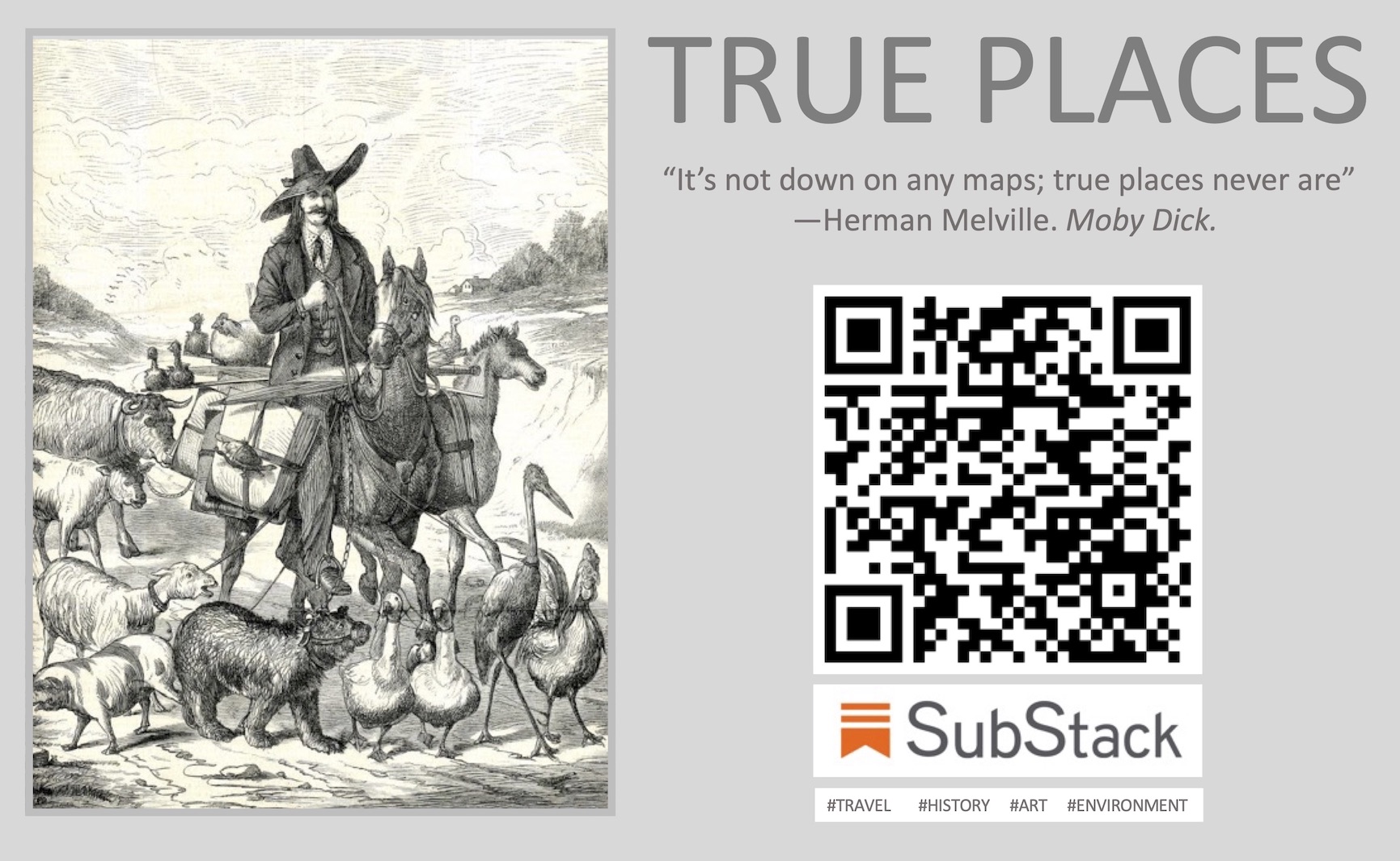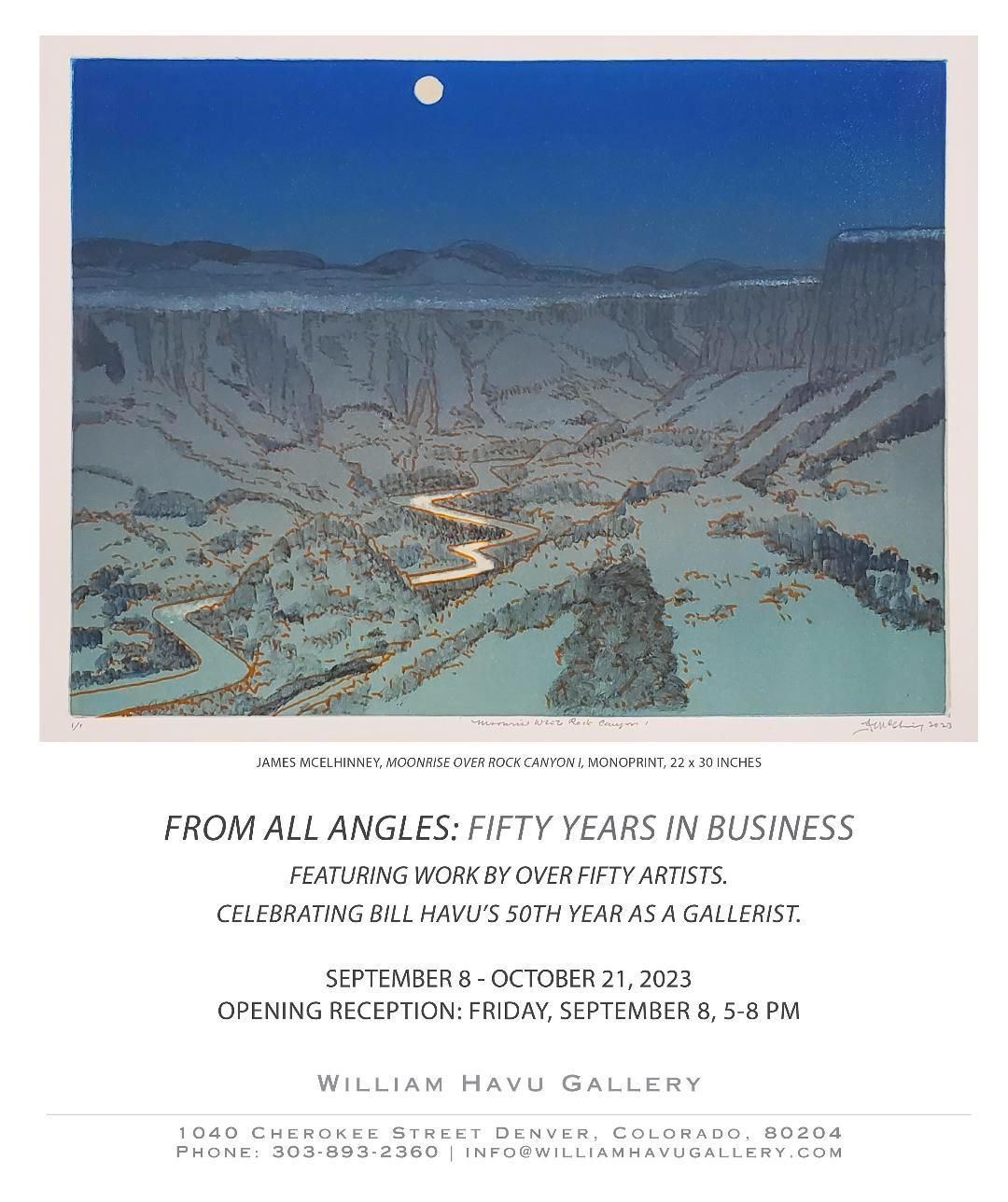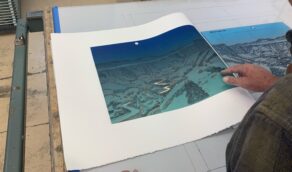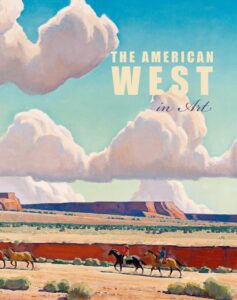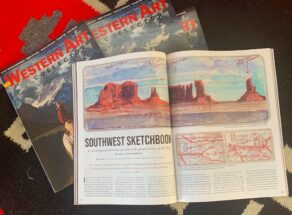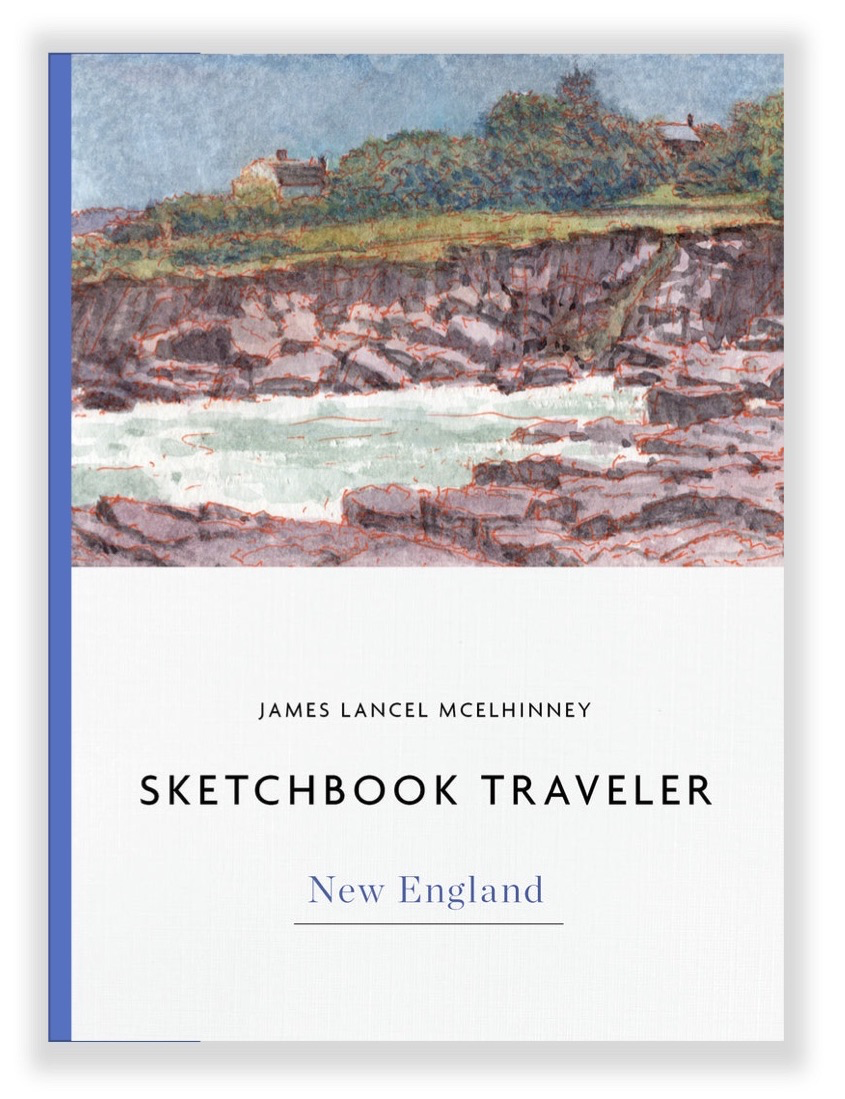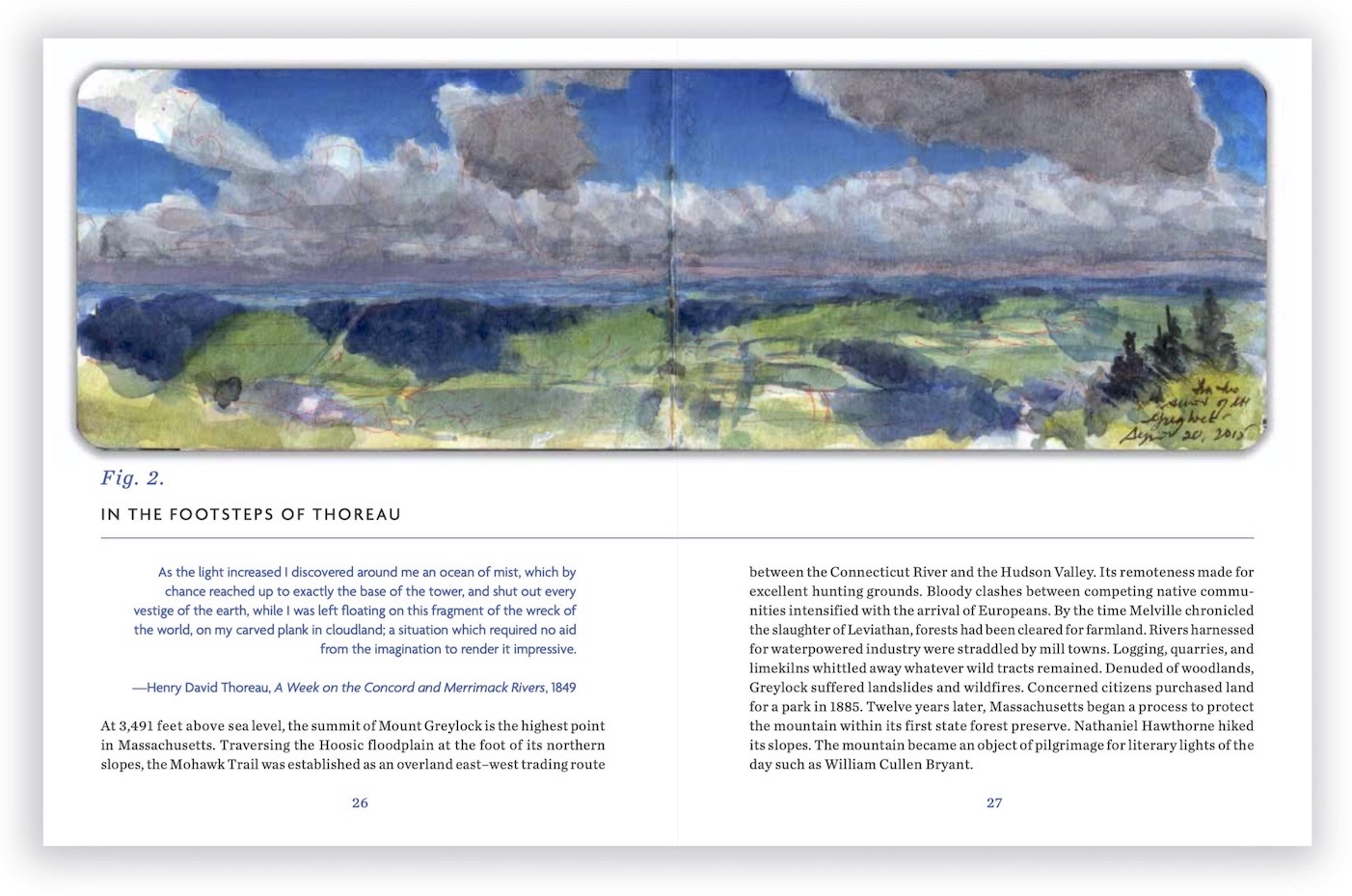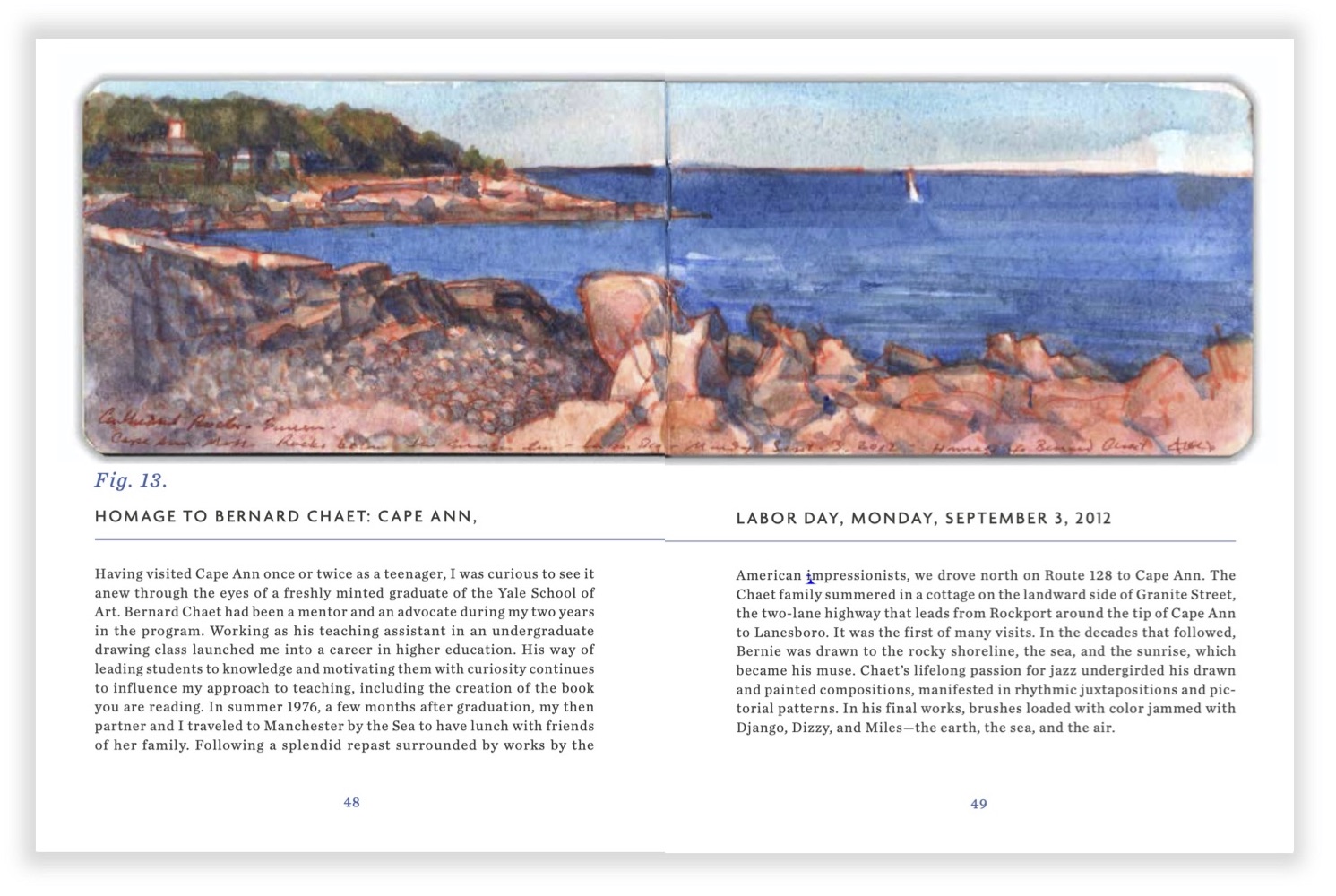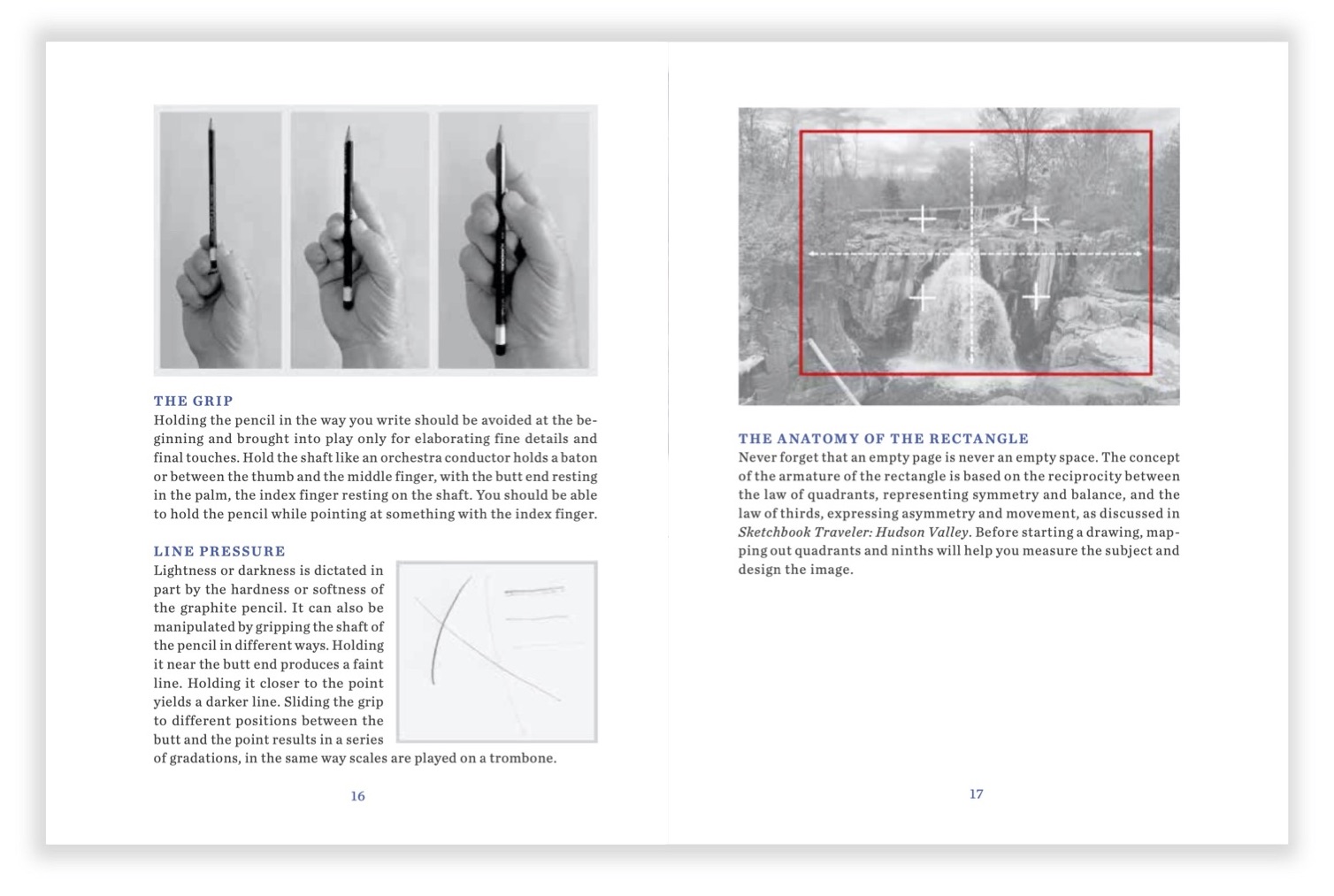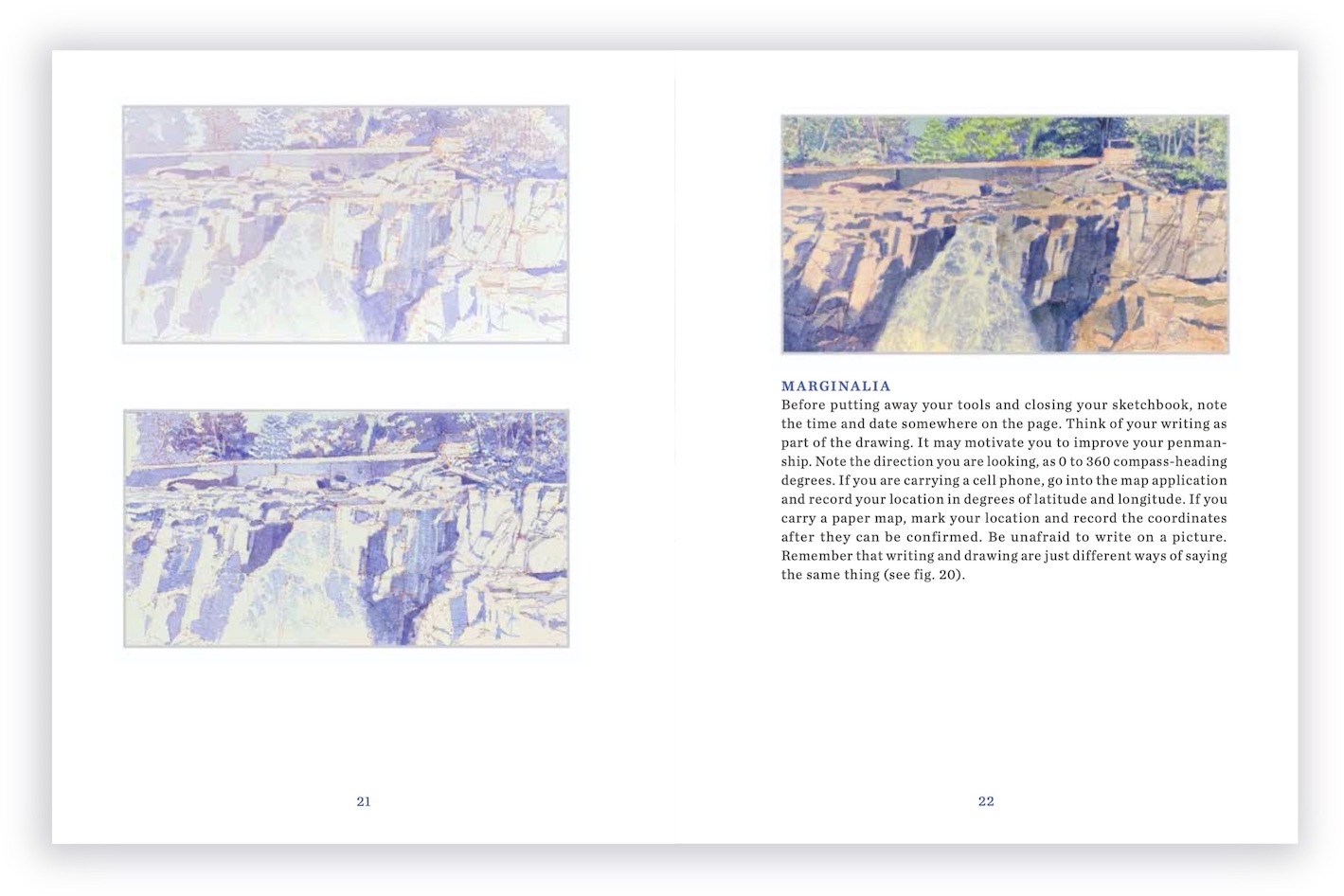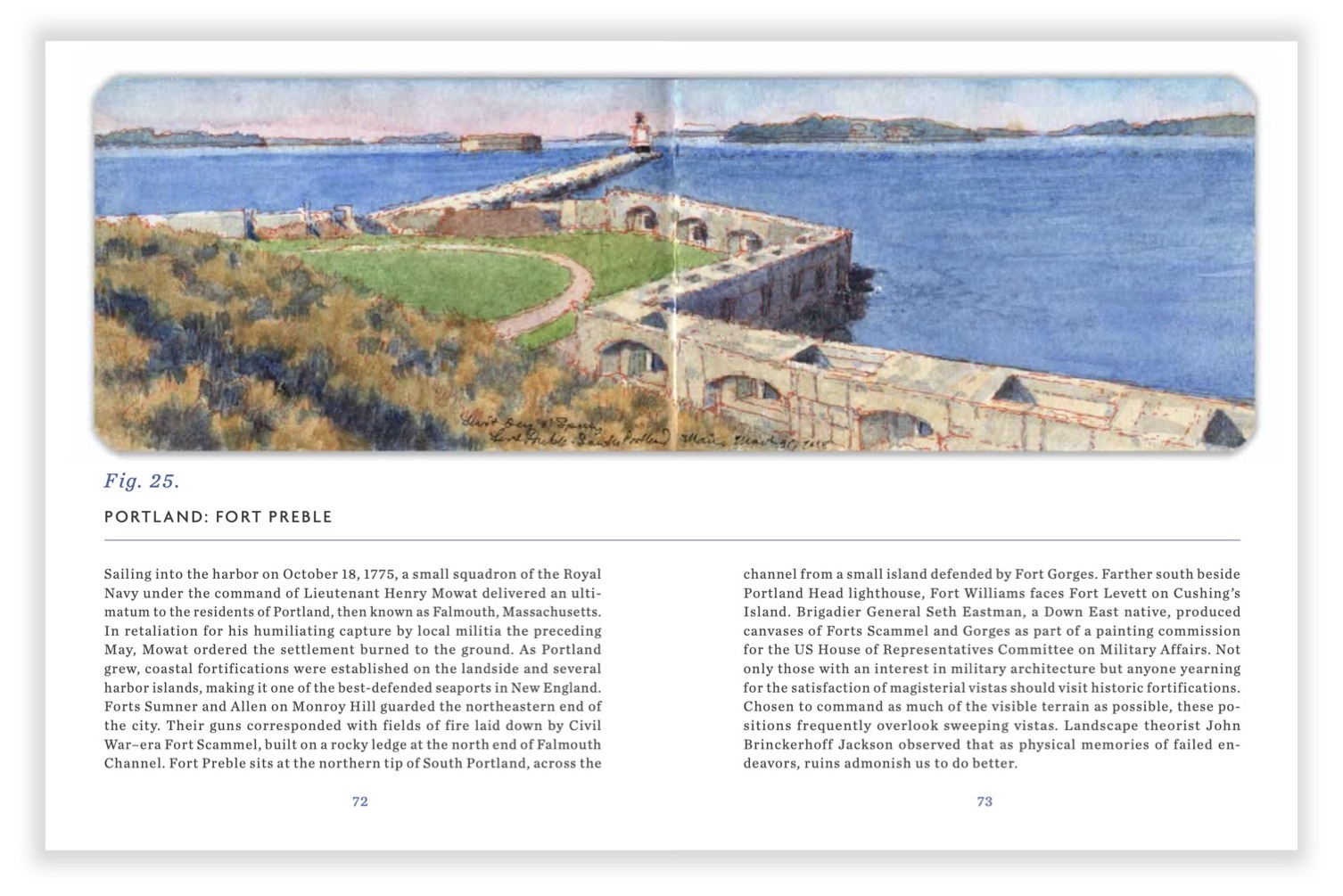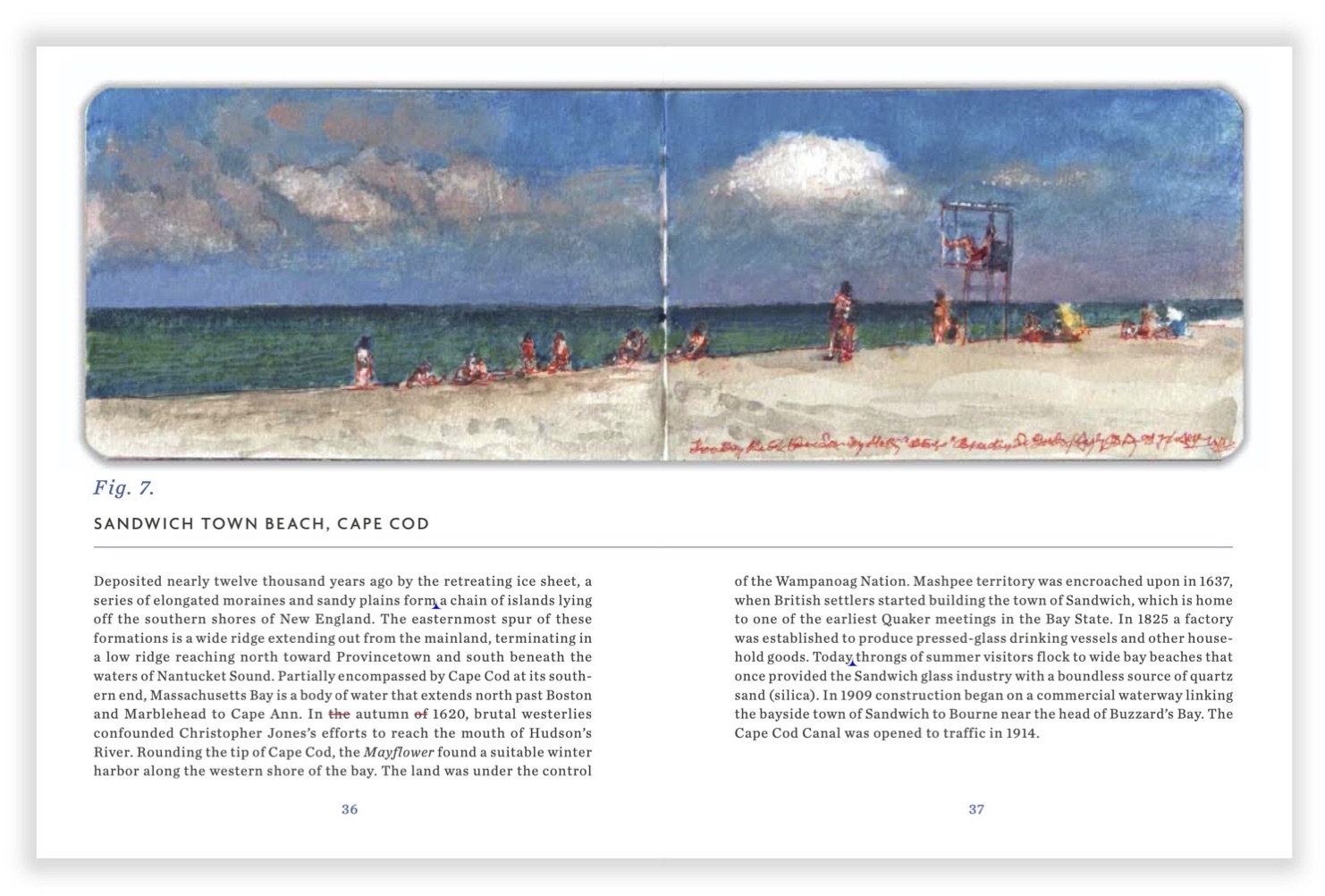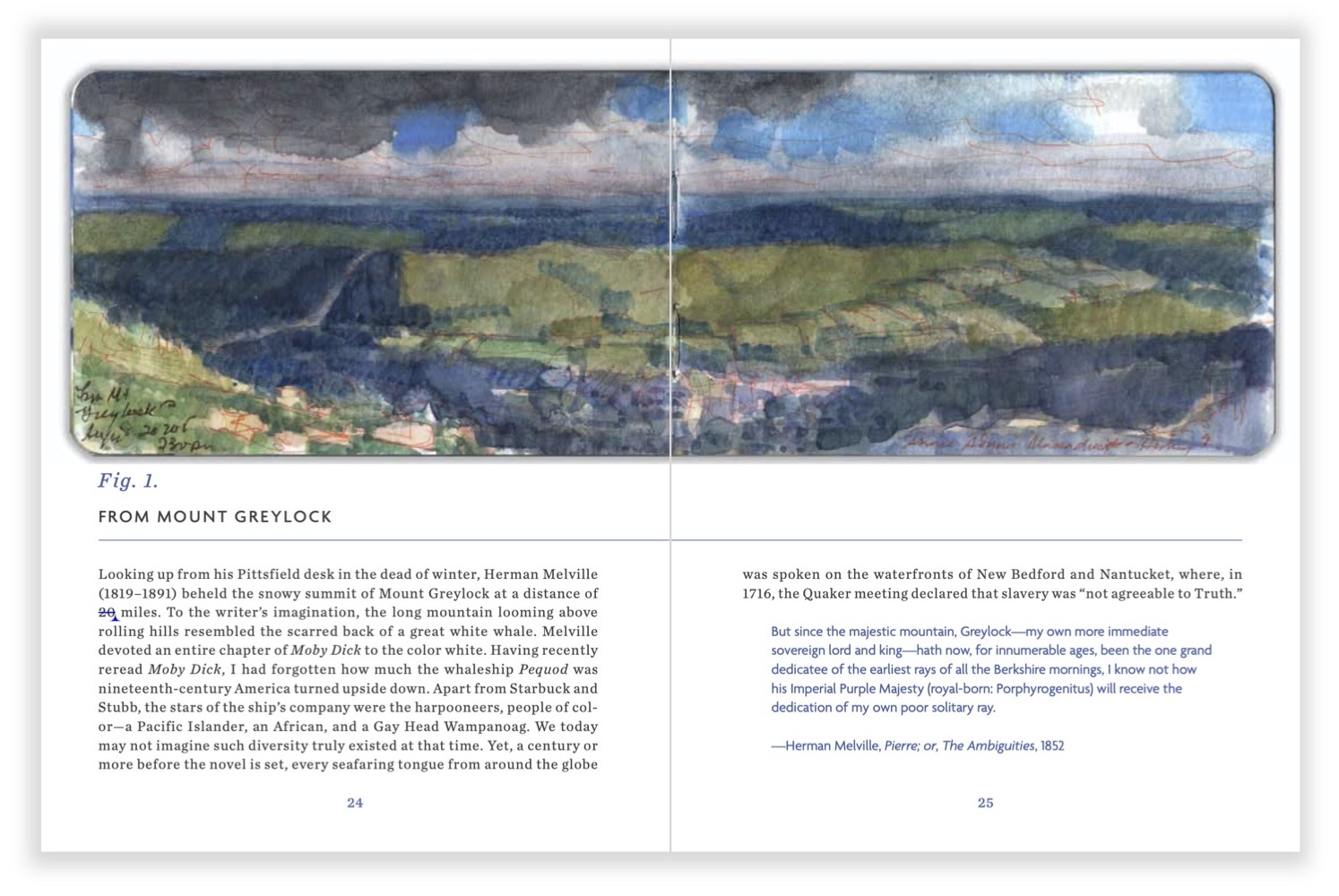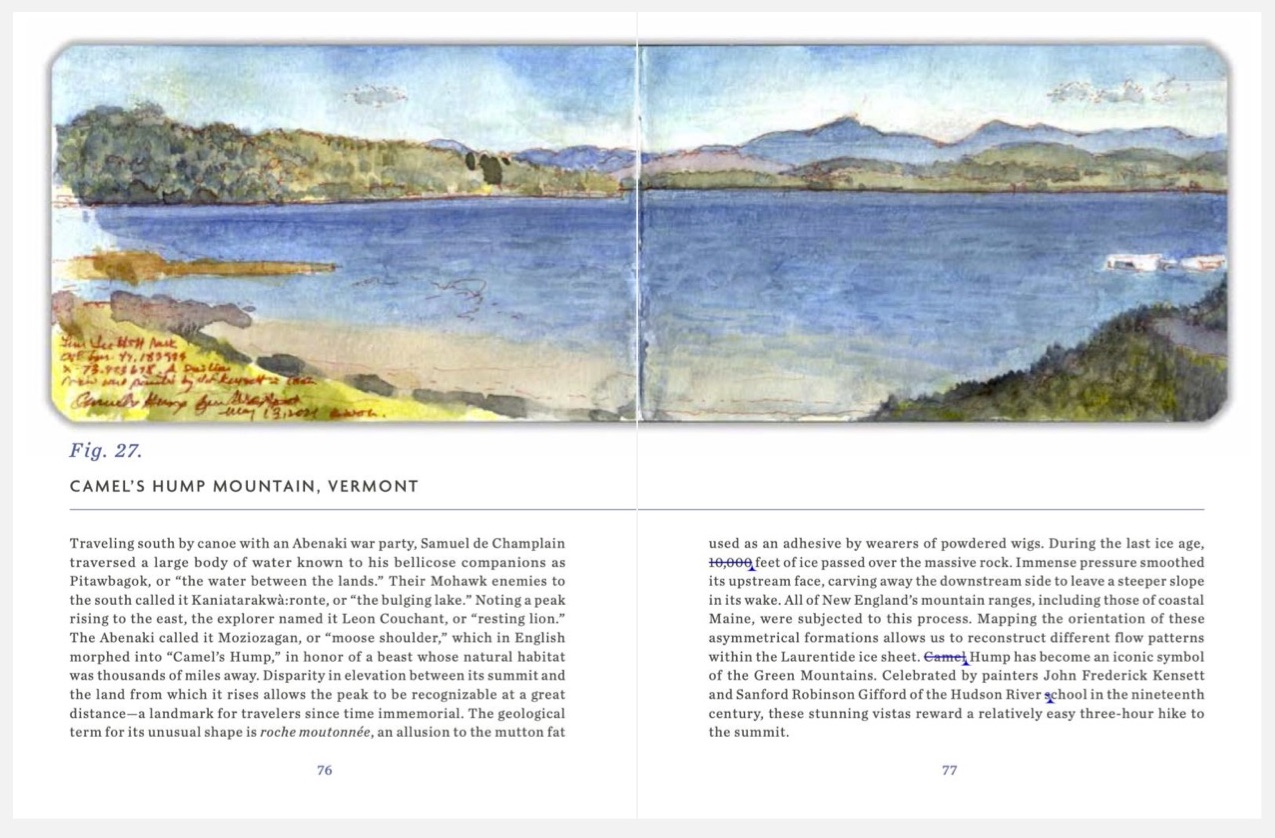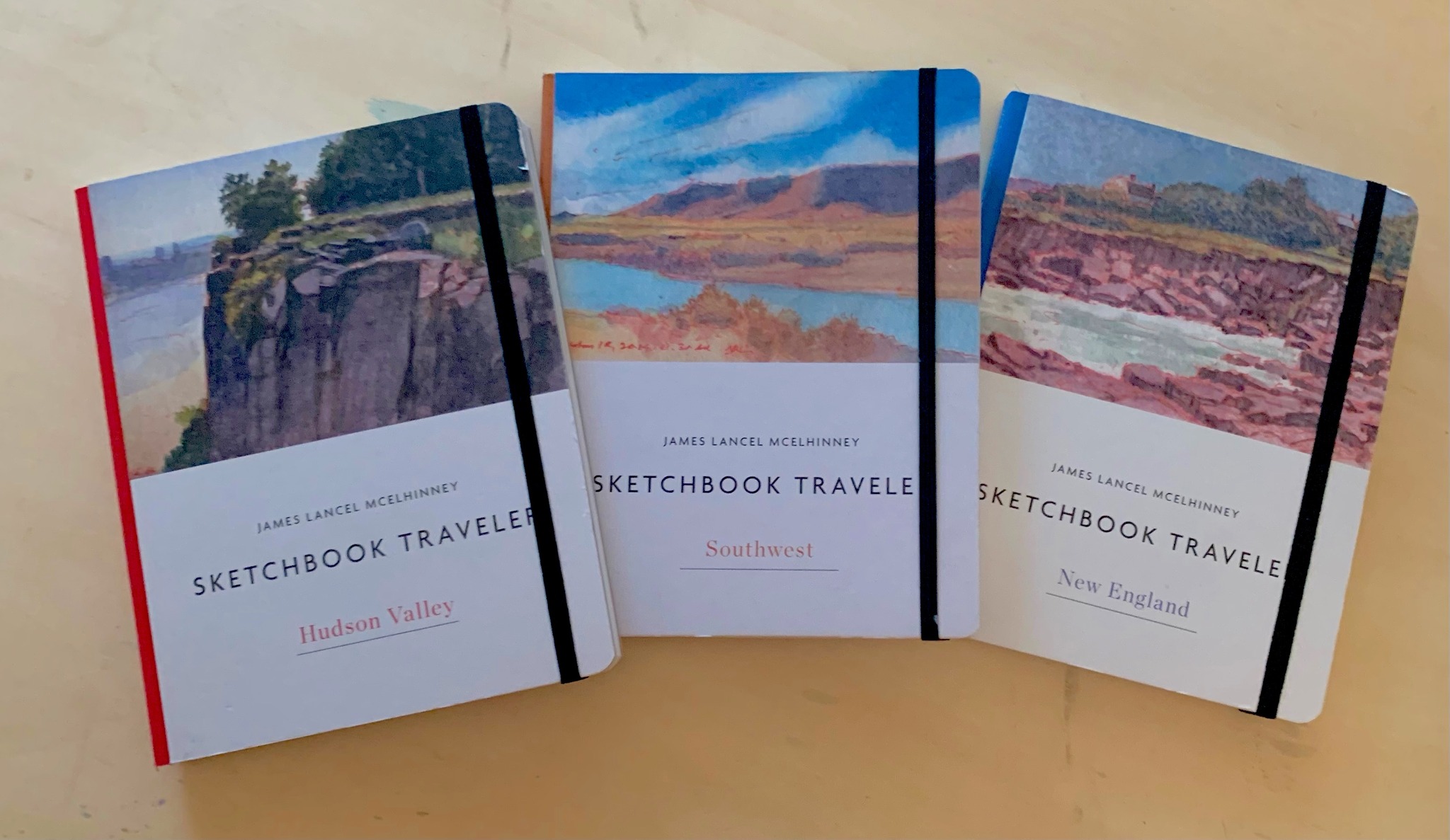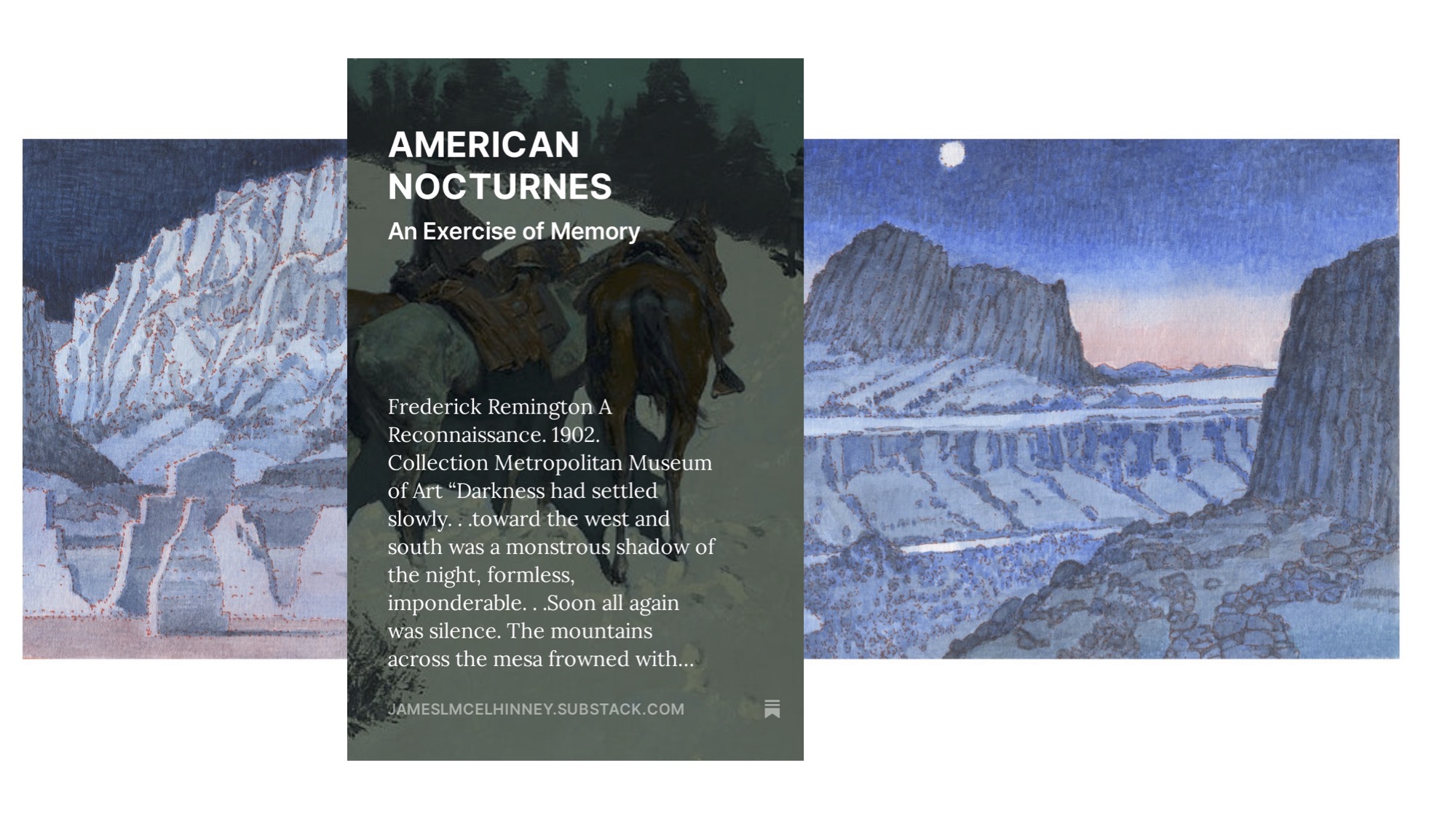
“Darkness had settled slowly. . .toward the west and south was a monstrous shadow of the night, formless, imponderable. . .Soon all again was silence. The mountains across the mesa frowned with black shaggy brows and relapsed once more into slumber”
—Frank Waters (1902-1995) The Lizard Woman. 1930
The night belongs to no one, and to everyone. Places familiar in daylight no longer resemble themselves at night. While danger may lurk in the umbrage, starry skies have guided far-faring mariners and overland trekkers to safety; and the unlucky amongst them to Hamlet’s “undiscovered country.” Limited vision requires us to call upon other senses, memory, and the imagination. Fact melts into fiction, until the hard light of day breaks night’s spell.
On July 1, 2015, painted through the night at the summit of Kilauea, only to discover that despite an adequate headlamp, and a midriff-high geodesic survey marker for my drafting-table, what began as an exercise in observation quickly became an exertion of memory. American painters, from Alfred Pinkham Ryder, Ralph Blakelock, Frederick Remington, to Georgia O’Keeffe, Edward Hopper, and Yvonne Jacquette, celebrated the night in their works. They resisted optical verisimilitude, despite the fact that O’Keeffe and Jacquette both were married to photographers, and the others would have had access to the medium. Under a night sky, daylight facts dissolve into uncertain wonders. Such poetic subjects conveyed less hard data, and thus fell outside the purview of expeditionary artists like Seth Eastman, Karl Bodmer and Alfred Jacob Miller, or Ned and Richard Kern. And yet these artists fascinate me more than the far-more fashionable solitary genius focused only on self-expression. These artist-explorers endeavored both to harvest military intelligence, and expand scientific knowledge, through the creation of aesthetic documents. A similar balancing-act exists in today’s representational art. At one end of the experiential see-saw sits aesthetics; at the other end, the optical facts. Complete fidelity to physical subjects is often achieved at the expense of deeper truths, hidden beneath the facts.
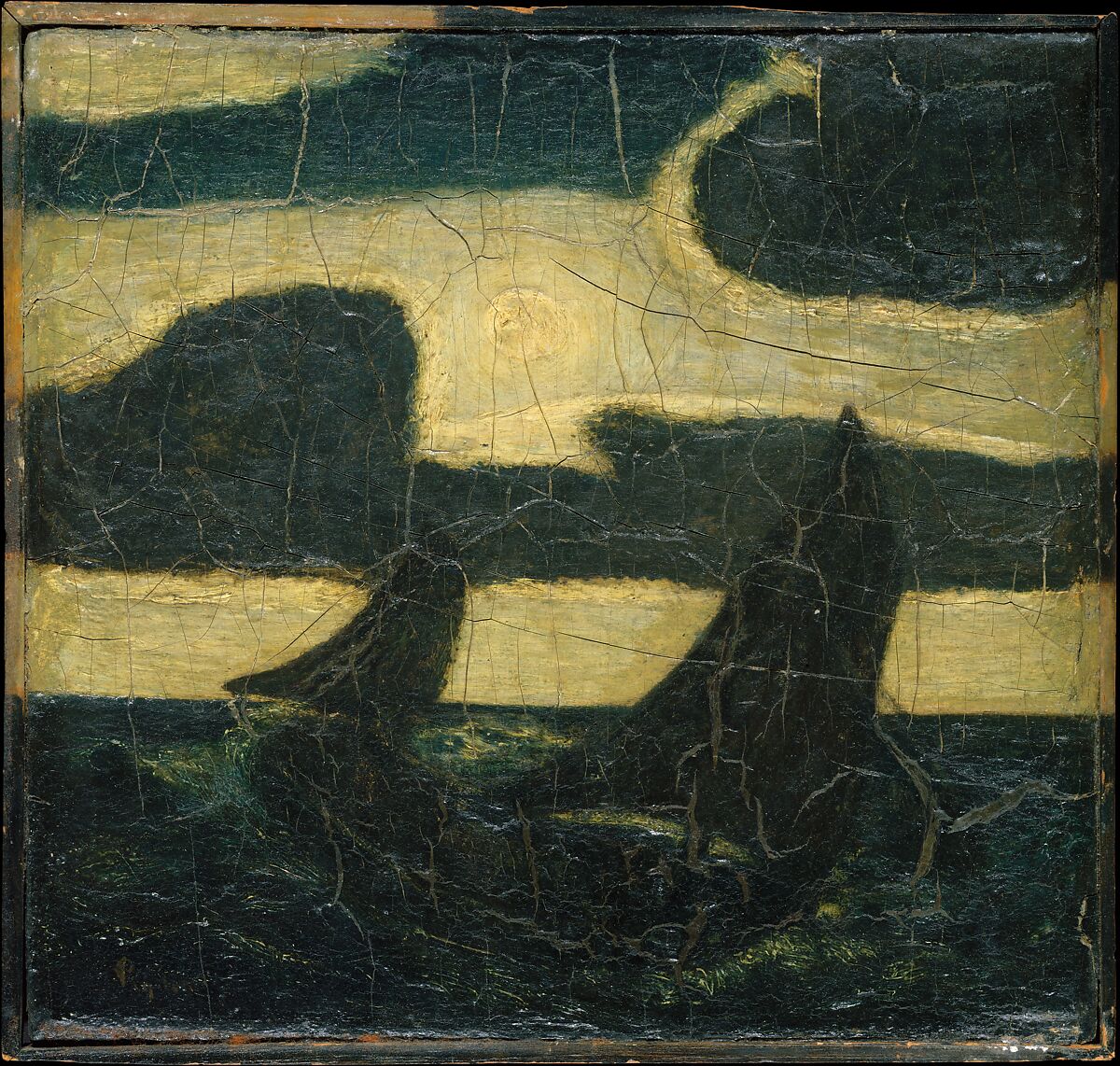
Albert Pinkham Ryder. (1847-1917) Moonlight Marine.1870-90. Metropolitan Museum of Art. New York
Society has beguiled itself into believing that landscapes are not merely human conceits, inscribed upon the terrain. Nature may seem less submissive when the night falls, plunging the world into darkness. But anyone who has spent a night at the summit of an active volcano knows, the earth never sleeps. Daylight reminders of this fact now occur with greater frequency, The habitual mysteries and terrors of the night are intensified by floods, storms and rising seas. And yet there is beauty in shadowed realms, captured in the woodblock prints of Japanese artist Kawase Hasui, and centuries earlier, the Chinese practitioners of shan-shui painting. According to Robert Macfarlane,
“Night was especially marvelous to them, because of the clear luminous presence of the moon, and its ability to silver the world into strangeness.”
Field Guides to Mindful Travel: Special offer from Ecoartspace.com: 3 books for the price of two: Click the image below